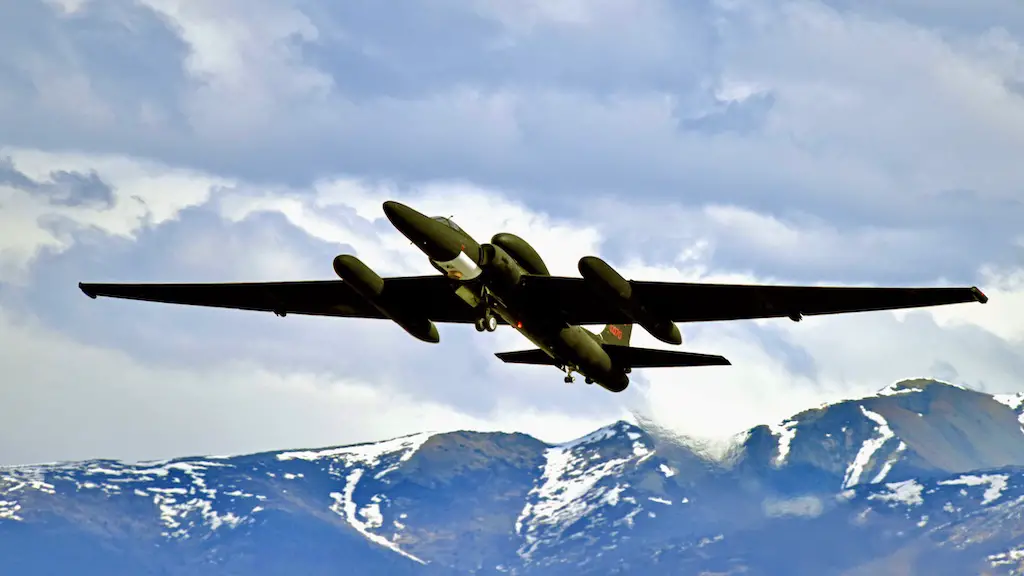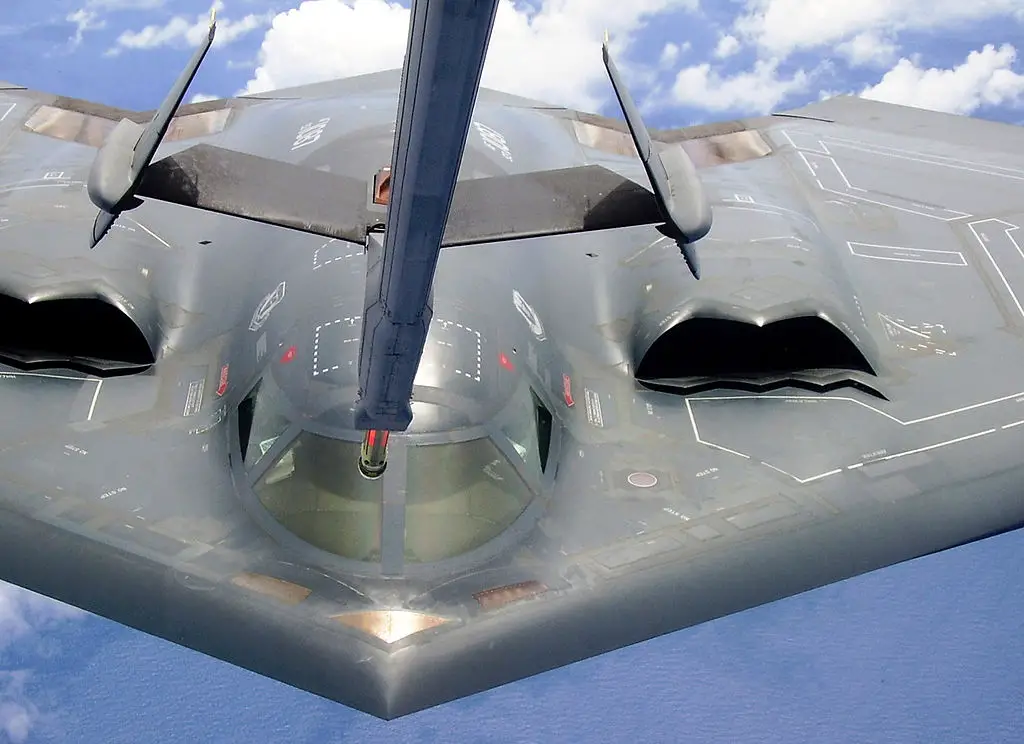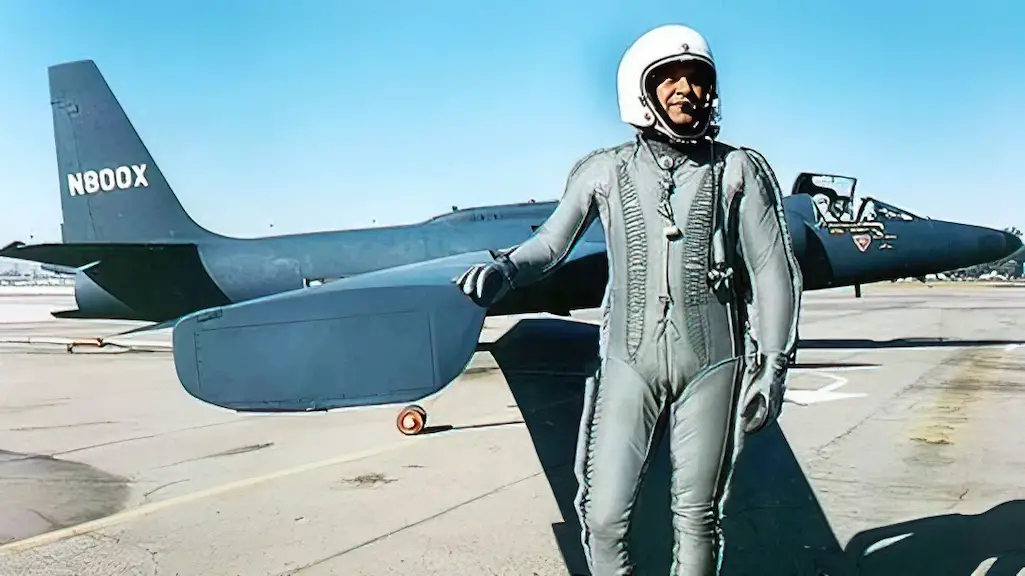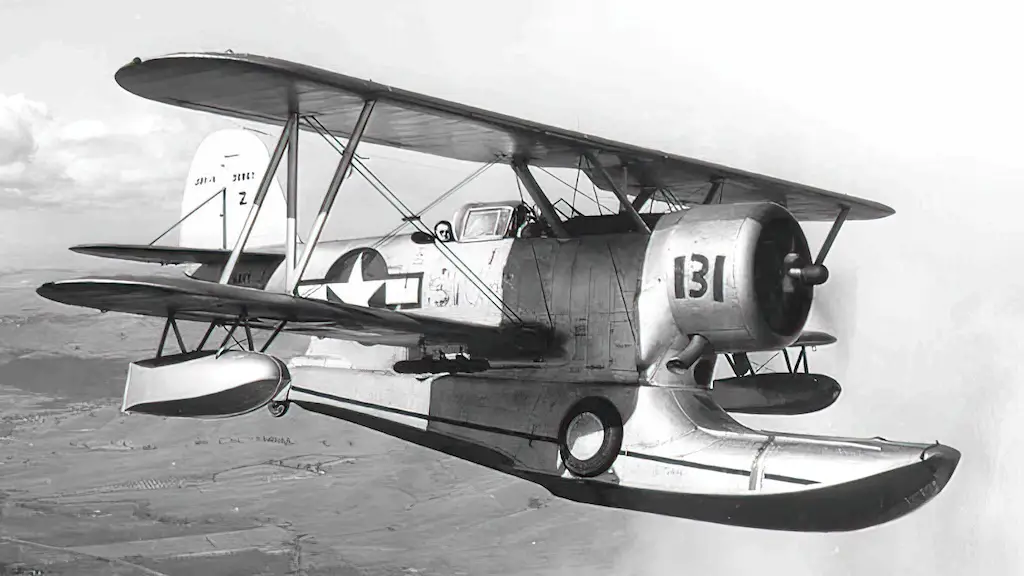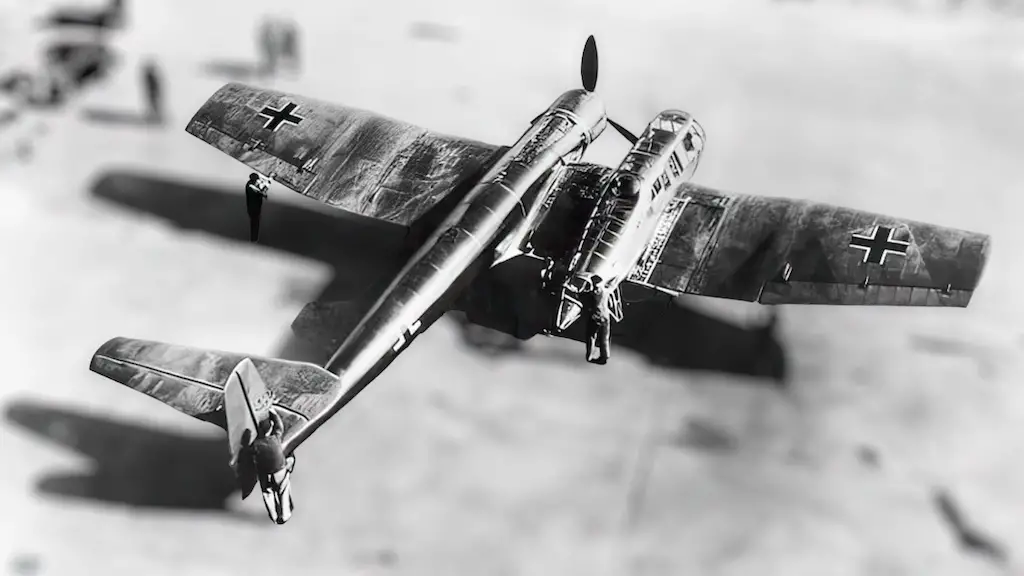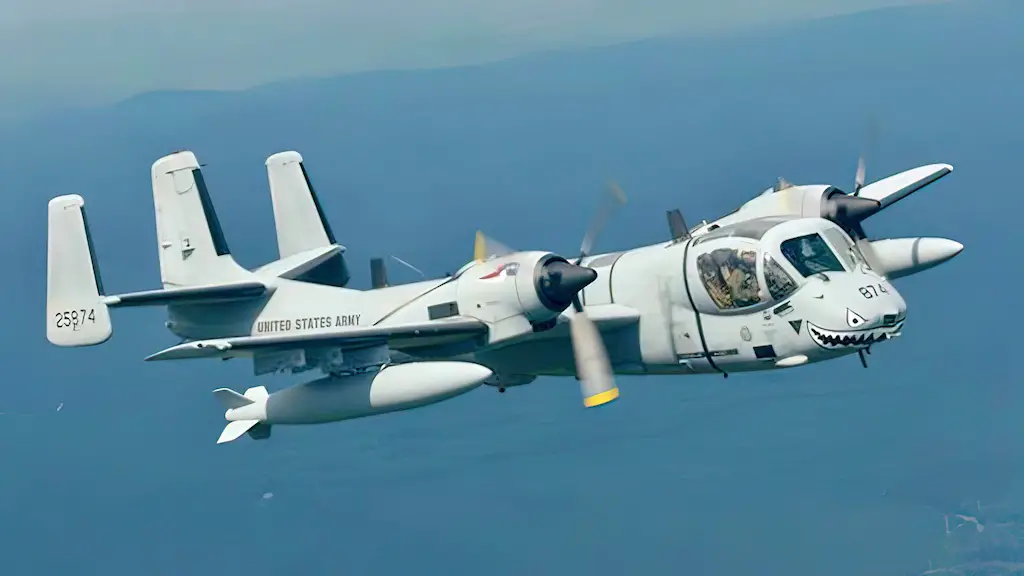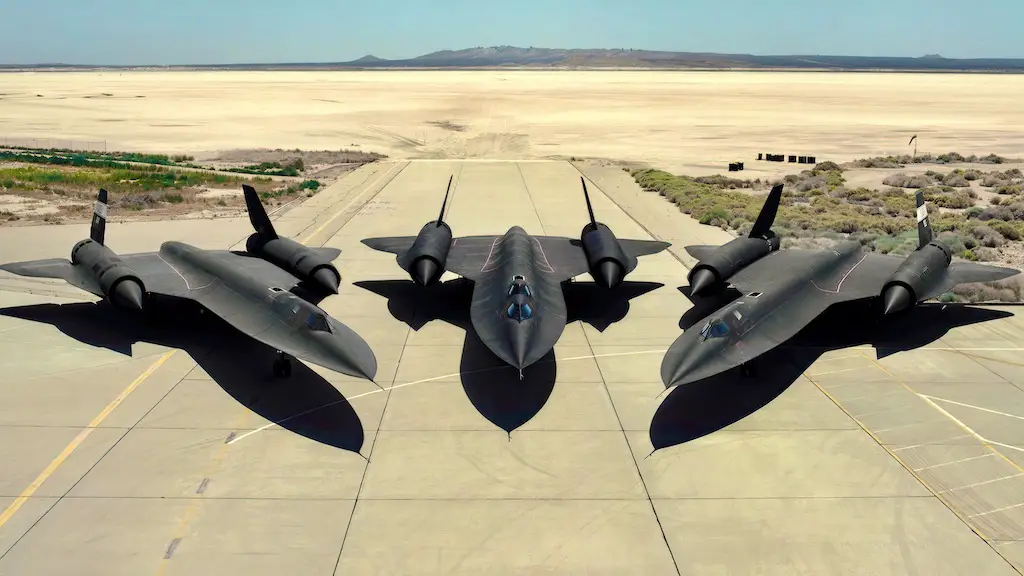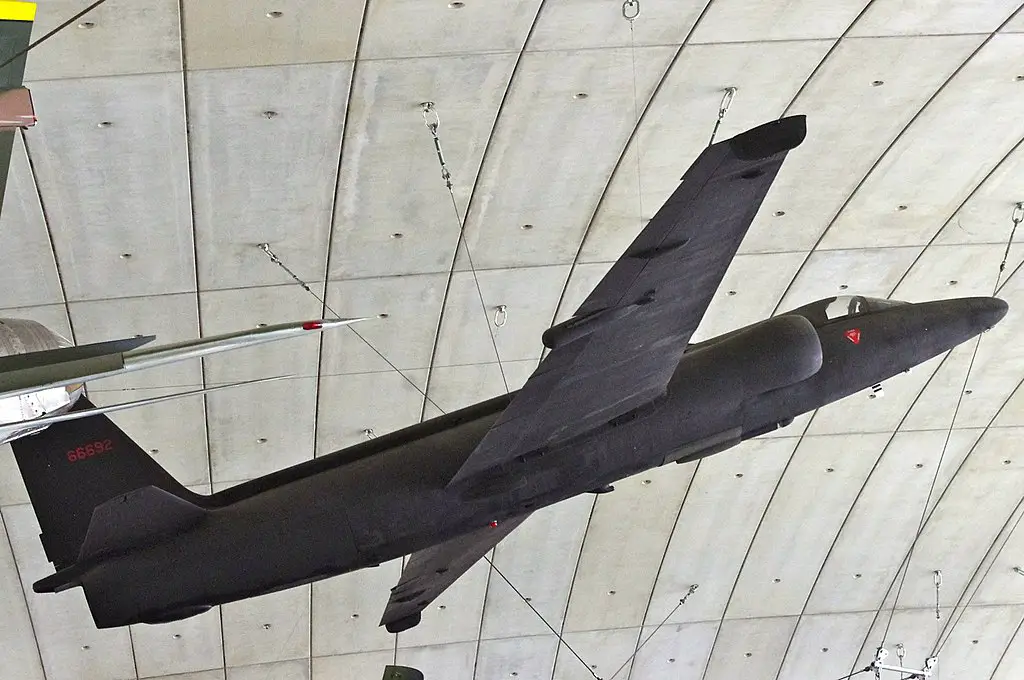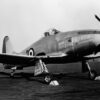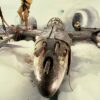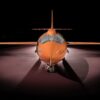Delicate
Over more than six decades (and counting) of service Lockheed U-2 high-altitude spy plane has flown a myriad of missions around the globe. Most of them from ground based airfields, as this aircraft’s extraordinary wingspan requires quite a lot of space, which is always in short supply even on the largest of aircraft carriers. Besides, U-2 is a rather delicate, even capricious aircraft, especially when it comes to landing this 40,000-pound aircraft after a long and fatiguing mission with mid-air refueling.
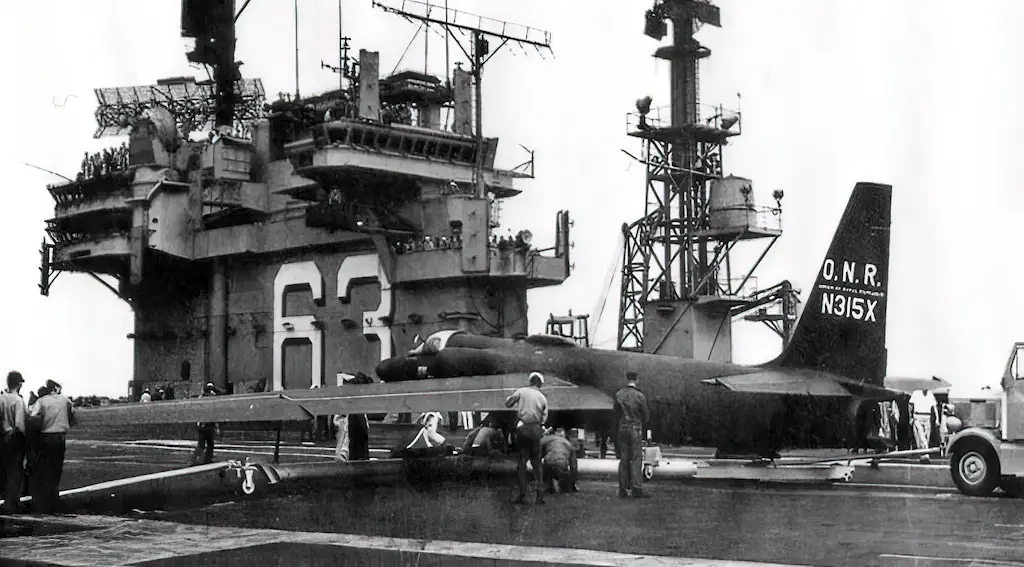
Secret missions
However, after the notorious episode with Gary Powers downed over the USSR in 1960, obtaining foreign governments’ permissions to use their airfields for U-2 missions got a little bit more difficult. Flying it from an aircraft carrier could be a solution.
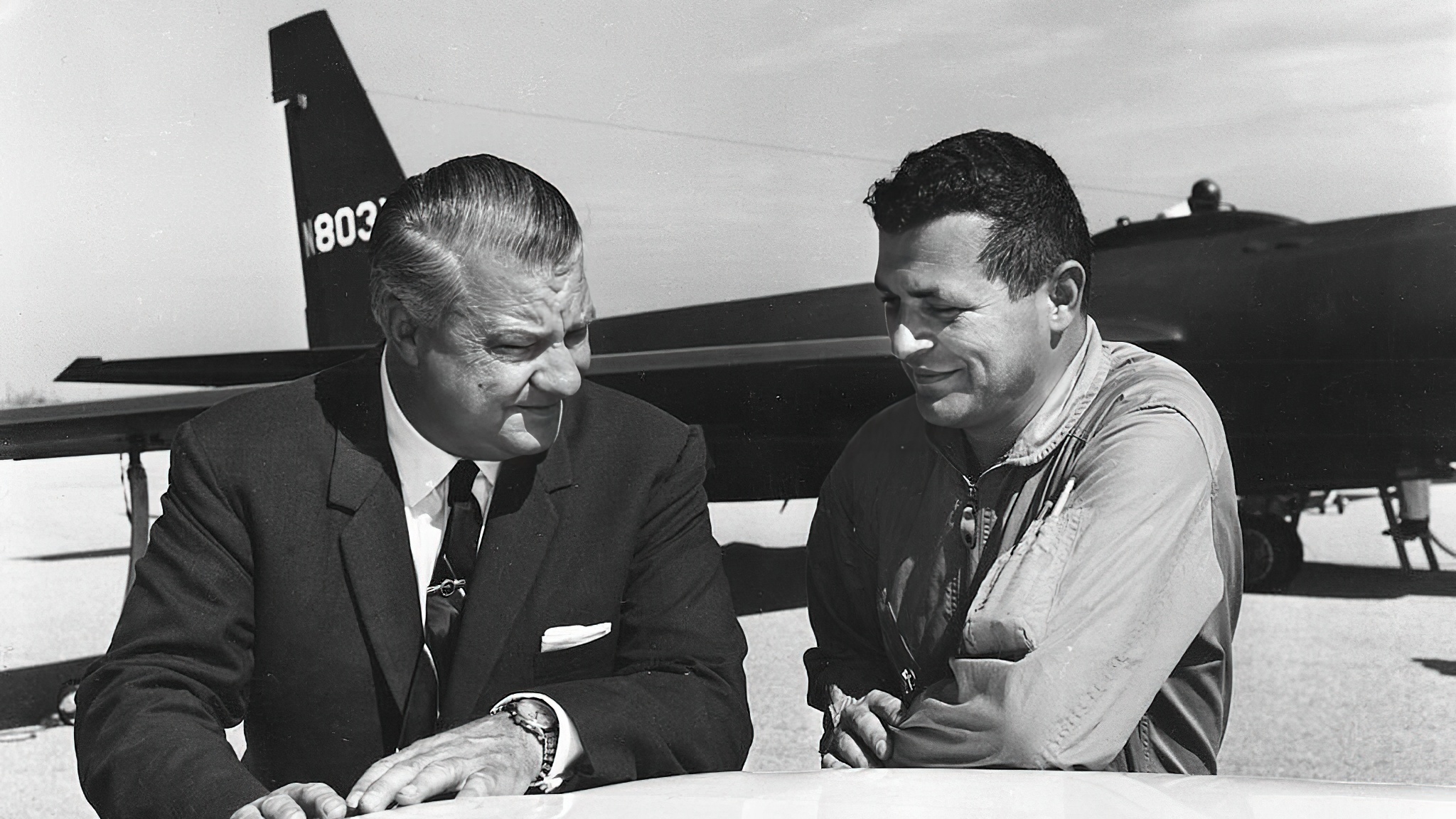
The CIA then figured that if something can be done theoretically, it should as well be undertaken in practice, and launched a program of carrier-based U-2 trial flights, known as project “Whale Tale”.
Testing
The project got going in August of 1963, when a standard unmodified U-2 was lifted by a crane on the USS Kitty Hawk. Experienced test pilot Bob Schumacher took off the carrier without a catapult and made three approaches without landing, just to see how it goes, then landed at a land-based airfield. Schumacher’s conclusion was that landing U-2 on a carrier deck would be hard but doable.
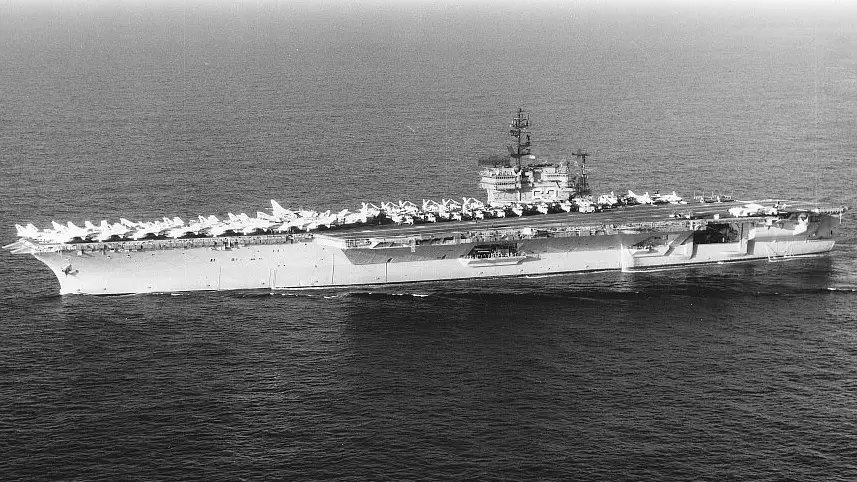
Modifications
In the following months a couple of original U-2A aircraft were modified. The resulting modification, U-2G, got a tail hook and strengthened undercarriage, empennage and fuselage bulkheads, so that it could withstand greater structural loads during an arrested landing.
On February 29, 1964, Schumacher made U-2G’s first ever trapped landing on the deck of USS Ranger. It took him four attempts and slight damage to the aircraft nose. Some more accidents happened before the Detachment G – the unit formed to fly U-2 spy planes — learned to operate off the carrier.
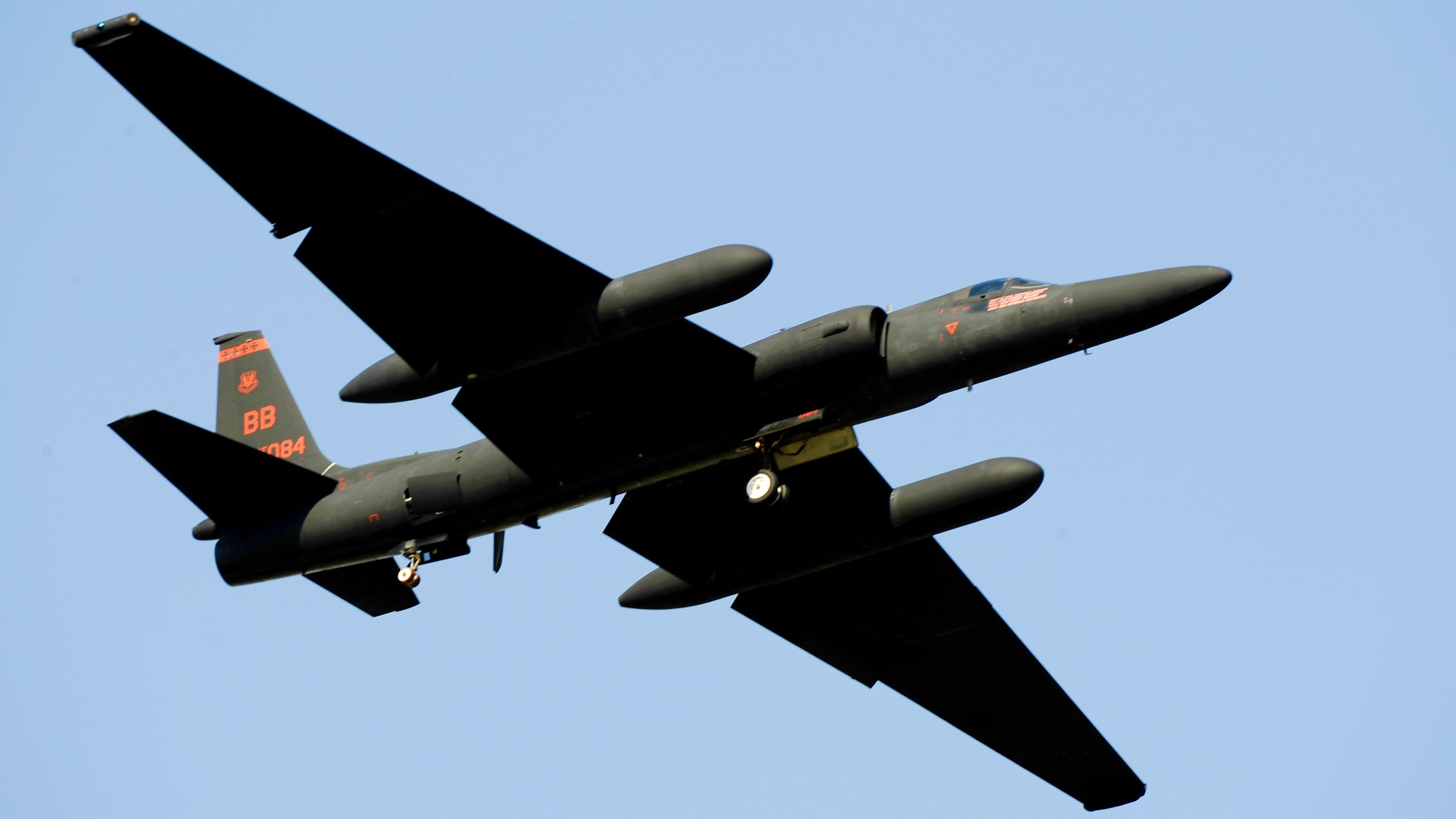
Successful missions
Carrier-based U-2’s first (and only) operational missions were flown in May of 1964. Det G pilots flew two successful missions off USS Ranger to perform the reconnaissance of new French nuclear test site at Mururoa Atoll in Polynesia. Despite this Pacific deployment’s success, no similar missions were ever authorized, including due to tensions between the CIA and the Navy command. Flying U-2s off the deck meant a lot of inconvenience to the carrier crews and disturbed their normal operation.
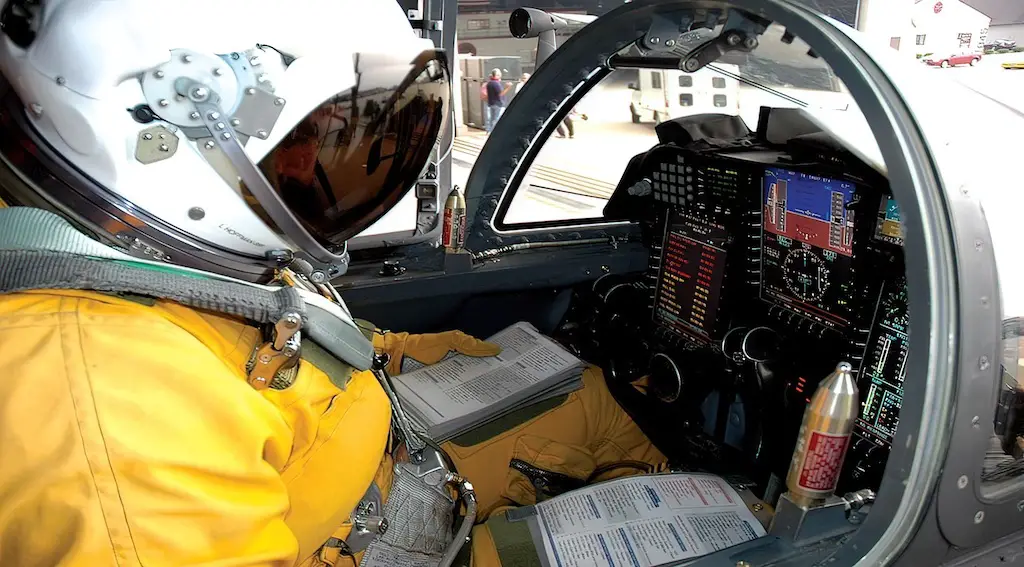
Still, Det G continued training flights, gradually perfecting their carrier landing techniques. In 1968 a new version of the aircraft, U-2R, with built-in carrier capability, entered service. It was adjusted to arrested landings much better than U-2G. However, when CIA stopped flying U-2s altogether, that meant the end of the program, because the Navy top brass was opposed to carrying U-2s onboard their ships as strongly as before. In 1974 Det G was shut down and CIA’s U-2Rs handed over to the USAF.

